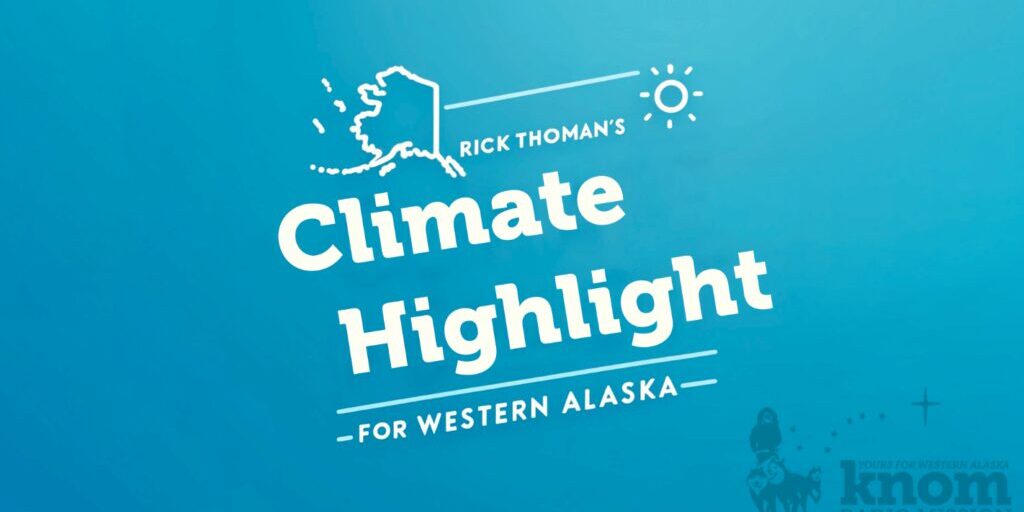The following is a transcript from Rick Thoman’s weekly “Climate Highlight for Western Alaska” provided to KNOM Radio. Thoman is a Climate Specialist with the Alaska Center for Climate Assessment and Policy at the University of Alaska Fairbanks.
The largest wildfire on the Seward Peninsula since 2019, the Goldbug Fire, is burning northeast of Imuruk Lake. There are more than two dozen lightning sparked fires in the Kuskokwim Valley and there are multiple large fires ongoing in Eastern Siberia.
All of this is likely to add up to an increasing frequency of hazy conditions from wildfire smoke across our region over the coming days and weeks, and as wildfires in Siberia often burn until the snow returns, we may see smoke aloft at times right into September.
It’s unlikely that we would see a repeat of the extremely dense wildfire smoke we saw briefly in July 2022, that was a result of a very specific set of conditions that allowed for dense smoke hundreds of miles from the source fires near Iliamna Lake.
There are likely enough fires around that a wood smoke smell may be evident at times, especially at places and times when there isn’t a sea breeze.




